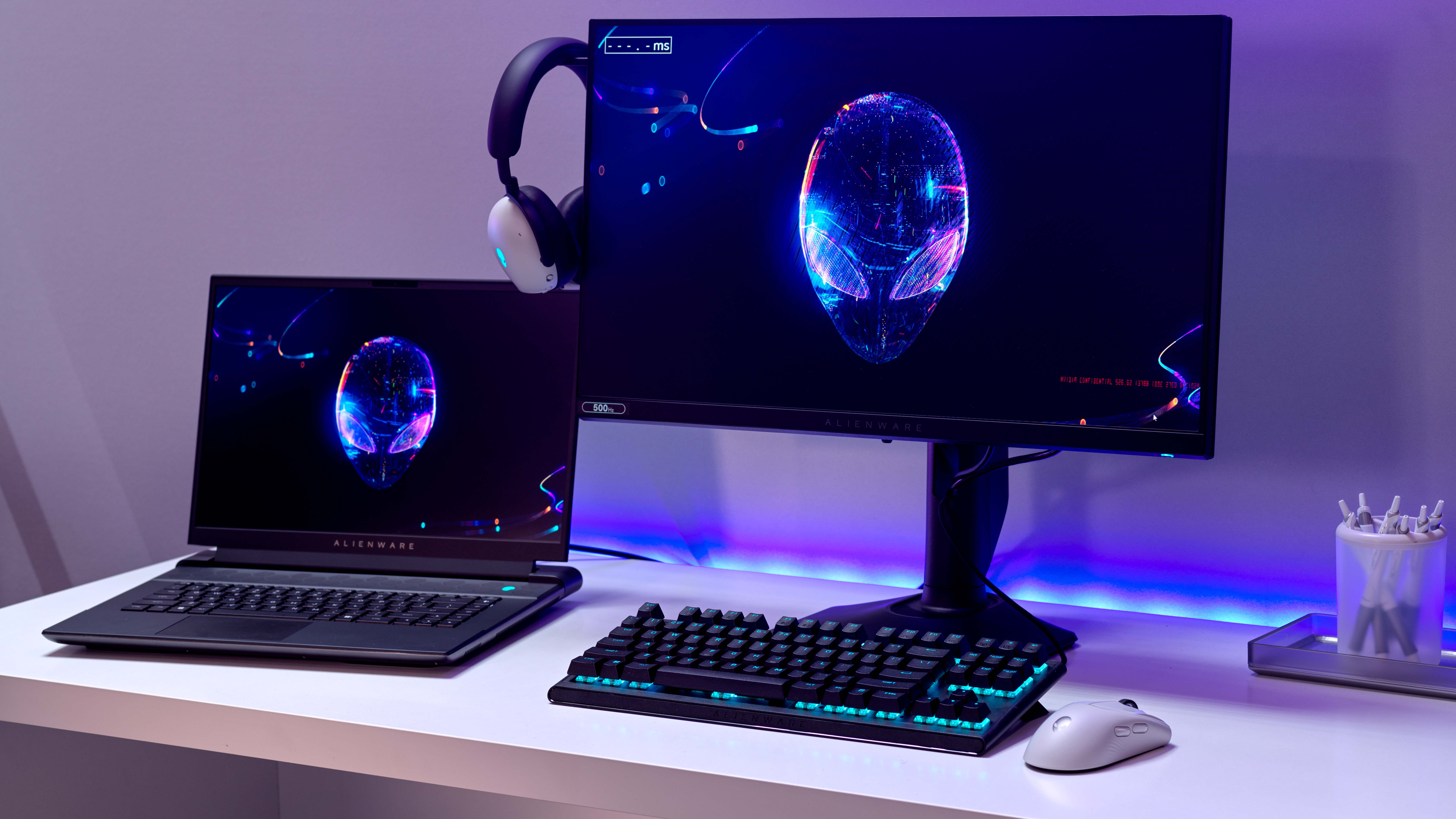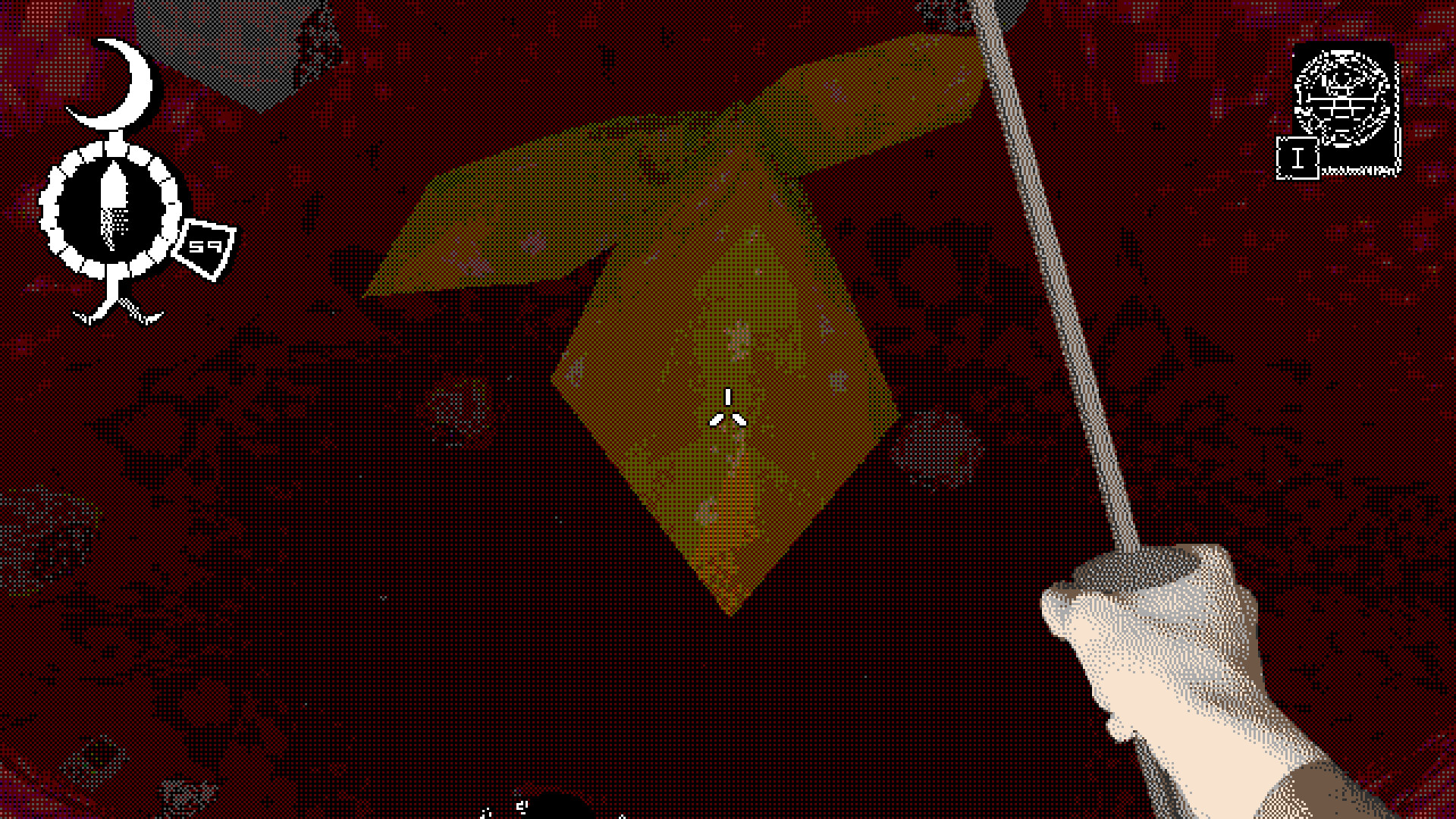
You'd better have a very serious need for speed.
At some point, the returns on higher refresh rates must surely diminish. But not yet. Enter Alienware’s 500Hz gaming monitor, yours for $829.
The Alienware AW2524H was originally announced back in January at CES. But now it’s actually available to buy on the Dell Alienware website. The 500Hz bit isn’t totally novel—Asus has been promising a 500Hz screen since Computex—but this is the first time anyone has managed to hit that refresh rate with an IPS rather than TN panel.
It’s a 25-inch model and, inevitably given the refresh rate, runs 1920 by 1080 pixels. So, it’s an out-and-out esports panel built for speed rather than pretty graphics.
On that note, Alienware is claiming 0.5ms gray-to-gray response, which is exceptional. The catch is that it is also claiming 1ms for gray-to-gray response. Confused? Us too.
More specifically, Alienware says the 1ms figure is for gray-to-gray “extreme” response, where the 0.5ms pertains to gray-to-gray “min” response. Whatever. No doubt this is a very quick panel by IPS standards. But it’ll still be miles off the response of an OLED panel.
It’s something of a niche tool, then, this new Alienware panel. It’s 1080p on a 25-inch panel, so image clarity isn’t a priority. And yet it bigs up the IPS thing, which implies image quality is important.
(Image credit: Future)
Best gaming monitor: Pixel-perfect panels for your PC
Best high refresh rate monitor: Screaming quick screens
Best 4K monitor for gaming: When only high-res will do
Best 4K TV for gaming: Big-screen 4K PC gaming
Then it gives you 500Hz refresh, which is great for latency and beats out any OLED monitor by some distance. But it doesn’t come close to an OLED for pixel response, however you want to measure it.
And it’s over $800. Ouch.
Really, this new Alienware panel mostly serves to confirm how fragmented the monitor market is. When you consider factors like refresh rate, response, brightness, contrast, black levels, color accuracy, pixel density and so on, you have to accept that no one panel tech delivers it all.
Currently, LCD monitors offer the best refresh rates and latency, mini-LED models the best brightness, OLED the best lighting control and pixel speed. But if it’s latency you prize above all else, and that $829 price tag isn’t an issue, well, you know what to do.




